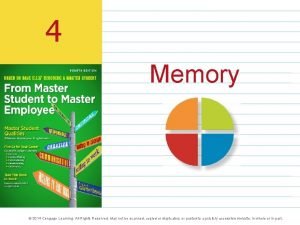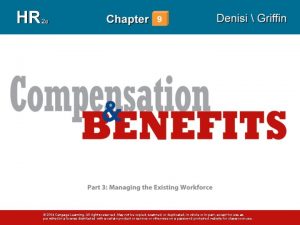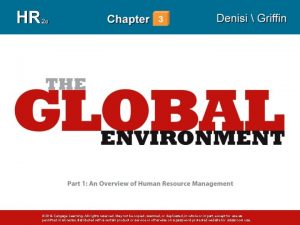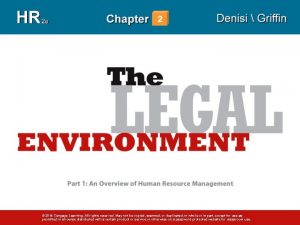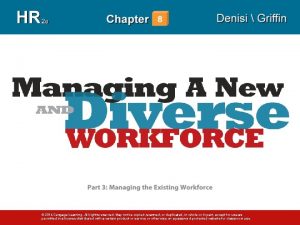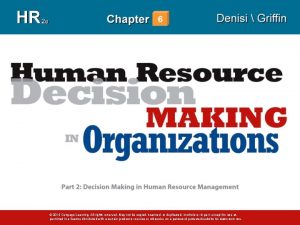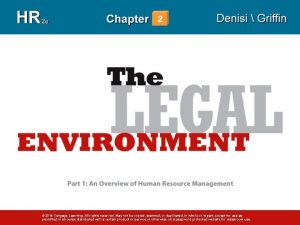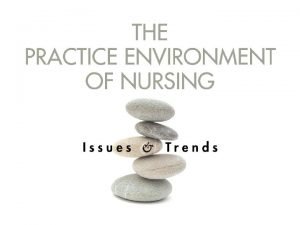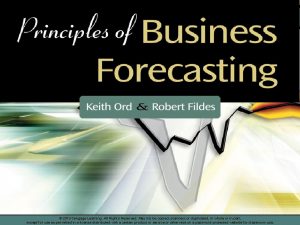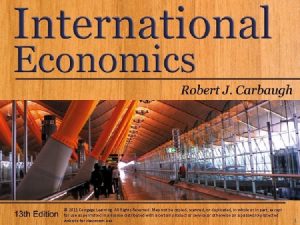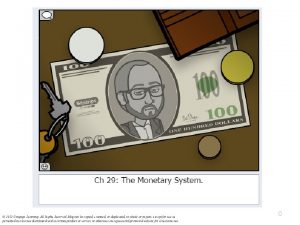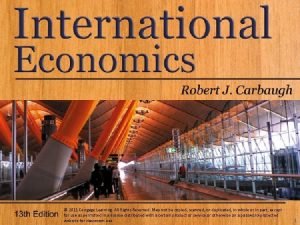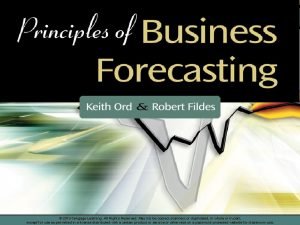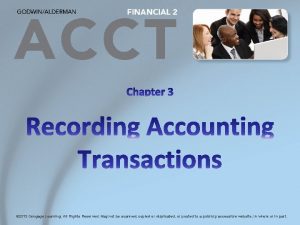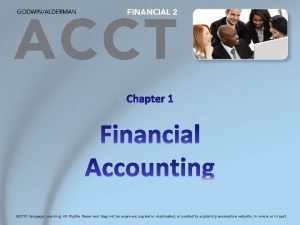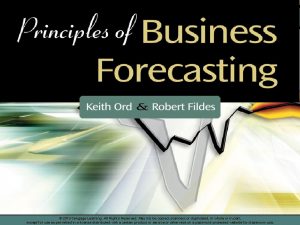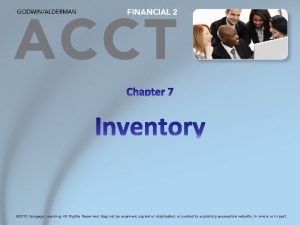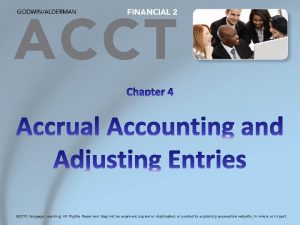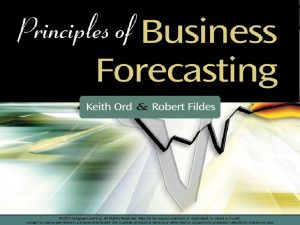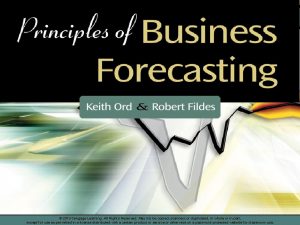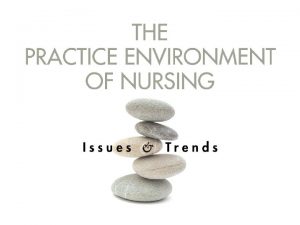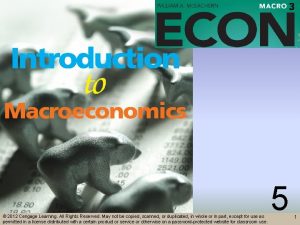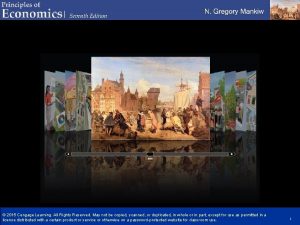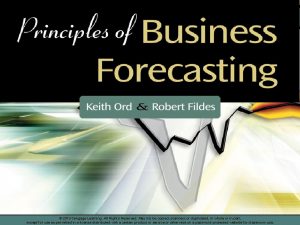2014 Cengage Learning All rights reserved May not



























- Slides: 27

© 2014 Cengage Learning. All rights reserved. May not be copied, scanned, or duplicated, in whole or in part, except for use as permitted in a license distributed with a certain product or service or otherwise on a password-protected website for classroom use.

Learning Objectives After studying this chapter, you should be able to: 1. Describe the competitive environment of human resource management 2. Identify three types of strategies and relate each to human resource management 3. Discuss human resource strategy formulation and relevant organizational factors 4. Discuss the processes through which human resource strategy is implemented 5. Discuss how the human resource function in organizations can be evaluated © 2014 Cengage Learning. All rights reserved. May not be copied, scanned, or duplicated, in whole or in part, except for use as permitted in a license distributed with a certain product or service or otherwise on a password-protected website for classroom use. 4– 2

• The Competitive Environment for Human Resource Management Ø HRM occurs not in a vacuum, but in a complex and dynamic milieu of forces within the organizational context. Ø HR managers now have a strategic perspective that recognizes the critical links between organizational strategy and HR strategy. © 2014 Cengage Learning. All rights reserved. May not be copied, scanned, or duplicated, in whole or in part, except for use as permitted in a license distributed with a certain product or service or otherwise on a password-protected website for classroom use. 4– 3

Strategic Human Resource Management © 2014 Cengage Learning. All rights reserved. May not be copied, scanned, or duplicated, in whole or in part, except for use as permitted in a license distributed with a certain product or service or otherwise on a password-protected website for classroom use. 4– 4

Beyond the Book: Considering Fundamental HRM Practices § If we examine fundamental HRM practices, it seems reasonable to suggest two points: ü Formal performance appraisals are better than none. ü Using systematic selection techniques is better than hiring based on intuition. © 2014 Cengage Learning. All rights reserved. May not be copied, scanned, or duplicated, in whole or in part, except for use as permitted in a license distributed with a certain product or service or otherwise on a password-protected website for classroom use. 4– 5

A Strategic Perspective • What is meant when we refer to strategy and a strategic perspective: Ø All firms exist in a competitive environment, with competitors trying to attract the same customers. Ø Therefore, a firm implements a strategy that its competitors are unable to implement. © 2014 Cengage Learning. All rights reserved. May not be copied, scanned, or duplicated, in whole or in part, except for use as permitted in a license distributed with a certain product or service or otherwise on a password-protected website for classroom use. 4– 6

Human Resources and Competitive Advantage • If a firm can 1. hire the right people 2. train them to be effective 3. place them in the right jobs 4. motivate them to work hard, and 5. retain them then it can gain a sustained competitive advantage. © 2014 Cengage Learning. All rights reserved. May not be copied, scanned, or duplicated, in whole or in part, except for use as permitted in a license distributed with a certain product or service or otherwise on a password-protected website for classroom use. 4– 7

The Influence of Organizational Purpose and Mission • What is an organization’s purpose? Ø It is the organization’s basic reason for existence. • What is an organization’s mission? Ø It is the organization’s statement of how it intends to fulfill its purpose. • Both purpose and mission affect an organization’s HR practices. © 2014 Cengage Learning. All rights reserved. May not be copied, scanned, or duplicated, in whole or in part, except for use as permitted in a license distributed with a certain product or service or otherwise on a password-protected website for classroom use. 4– 8

Starbucks Corporate Mission Statement Our Starbucks Mission Statement Our mission: to inspire and nurture the human spirit – one person, one cup and one neighborhood at a time. Here are the principles of how we live that every day: Our Coffee It has always been, and will always be, about quality. We’re passionate about ethically sourcing the finest coffee beans, roasting them with great care, and improving the lives of people who grow them. We care deeply about all of this; our work is never done. Our Partners We’re called partners, because it’s not just a job, it’s our passion. Together, we embrace diversity to create a place where each of us can be ourselves. We always treat each other with respect and dignity. And we hold each other to that standard. Our Customers When we are fully engaged, we connect with, laugh with, and uplift the lives of our customers – even if just for a few moments. Sure, it starts with the promise of a perfectly made beverage, but our work goes far beyond that. It’s really about human connection. Our Stores When our customers feel this sense of belonging, our stores become a haven, a break from the worries outside, a place where you can meet with friends. It’s about enjoyment at the speed of life – sometimes slow and savored, sometimes faster. Always full of humanity. Our Neighborhood Every store is part of a community, and we take our responsibility to be good neighbors seriously. We want to be invited in wherever we do business. We can be a force for positive action – bringing together our partners, customers, and the community to contribute every day. Now we see that our responsibility – and our potential for good – is even larger. The world is looking to Starbucks to set the new standard, yet again. We will lead. Our Shareholders We know that as we deliver in each of these areas, we enjoy the kind of success that rewards our shareholders. We are fully accountable to get each of these elements right so that Starbucks – and everyone it touches – can endure and thrive. © 2014 Cengage Learning. All rights reserved. May not be copied, scanned, or duplicated, in whole or in part, except for use as permitted in a license distributed with a certain product or service or otherwise on a password-protected website for classroom use. 4– 9

What Is a Top Management Team? The organization’s group of senior executives responsible for the overall strategic operation of the firm. © 2014 Cengage Learning. All rights reserved. May not be copied, scanned, or duplicated, in whole or in part, except for use as permitted in a license distributed with a certain product or service or otherwise on a password-protected website for classroom use. 4– 10

Beyond the Book: Organizational Culture and HRM Success Understanding the Cultural Environment Sets the tone for the organization Plays a major role in shaping its culture Have a vision of where firm is going Have a vision of how firm should get there © 2014 Cengage Learning. All rights reserved. May not be copied, scanned, or duplicated, in whole or in part, except for use as permitted in a license distributed with a certain product or service or otherwise on a password-protected website for classroom use. 4– 11

Corporate Strategy and HRM • Corporate Strategy Ø Deals with determining what businesses the corporation will operate. • Business strategy Ø Deals with how the firm will compete in each market where it conducts business. • Functional strategy Ø Deals with how the firm will manage each of its major functions (such as marketing, finance, and human resources). © 2014 Cengage Learning. All rights reserved. May not be copied, scanned, or duplicated, in whole or in part, except for use as permitted in a license distributed with a certain product or service or otherwise on a password-protected website for classroom use. 4– 12

Corporate Strategy and HRM (cont’d) • Growth Strategy Ø Focuses on growing and expanding the business, which can be pursued through joint ventures or acquisitions. • Retrenchment Strategy Ø Occurs when an organization’s operations are not effective and changes are required. • Stability Strategy Ø Maintains the status quo. © 2014 Cengage Learning. All rights reserved. May not be copied, scanned, or duplicated, in whole or in part, except for use as permitted in a license distributed with a certain product or service or otherwise on a password-protected website for classroom use. 4– 13

Diversification Strategies • Diversification Strategy Ø Occurs when an organization adds new products and services. • Related Diversification Ø Occurs when a firm achieves synergy among the various businesses it owns. • Unrelated Diversification Ø Is used when a firm operated several unique businesses in different unrelated markets. © 2014 Cengage Learning. All rights reserved. May not be copied, scanned, or duplicated, in whole or in part, except for use as permitted in a license distributed with a certain product or service or otherwise on a password-protected website for classroom use. 4– 14

Business Strategies (cont’d) • The Adaptation Model Ø Is an approach to business strategy where a firm seeks ways to adapt to its environment. • Basic Strategy Alternatives: Ø Defender strategy Ø Prospector strategy Ø Analyzer strategy Ø Reactor strategy © 2014 Cengage Learning. All rights reserved. May not be copied, scanned, or duplicated, in whole or in part, except for use as permitted in a license distributed with a certain product or service or otherwise on a password-protected website for classroom use. 4– 15

Business Strategy Alternatives Defender Strategy Works best in an environment with little uncertainty and risk and a high degree of stability Prospector Strategy Works best in dynamic and growing environments with much uncertainly and risk Analyzer Strategy Works best in stable conditions with a moderate degree of uncertainly and risk Reactor Strategy Represents the strategic failure of a firm to respond properly to its competitive environment © 2014 Cengage Learning. All rights reserved. May not be copied, scanned, or duplicated, in whole or in part, except for use as permitted in a license distributed with a certain product or service or otherwise on a password-protected website for classroom use. 4– 16

Other Competitive Strategies Differentiation strategy Cost leadership strategy Focus strategy © 2014 Cengage Learning. All rights reserved. May not be copied, scanned, or duplicated, in whole or in part, except for use as permitted in a license distributed with a certain product or service or otherwise on a password-protected website for classroom use. 4– 17

Human Resource Strategies © 2014 Cengage Learning. All rights reserved. May not be copied, scanned, or duplicated, in whole or in part, except for use as permitted in a license distributed with a certain product or service or otherwise on a password-protected website for classroom use. 4– 18

What Is Organizational Design? • The framework of jobs, positions, clusters of positions, and reporting relationships among positions that are used to construct an organization. © 2014 Cengage Learning. All rights reserved. May not be copied, scanned, or duplicated, in whole or in part, except for use as permitted in a license distributed with a certain product or service or otherwise on a password-protected website for classroom use. 4– 19

The Impact of Organization Design Forms U-form (unitary/functional) H-form (holding company) M-form (multidivisional) © 2014 Cengage Learning. All rights reserved. May not be copied, scanned, or duplicated, in whole or in part, except for use as permitted in a license distributed with a certain product or service or otherwise on a password-protected website for classroom use. 4– 20

Corporate Culture The set of values that helps an organization’s members understand what it stands for, how it accomplishes what it wants to accomplish, and what it considers important. © 2014 Cengage Learning. All rights reserved. May not be copied, scanned, or duplicated, in whole or in part, except for use as permitted in a license distributed with a certain product or service or otherwise on a password-protected website for classroom use. 4– 21

The Impact of Corporate Culture • Strong Corporate Culture ØDefines to its employees what the firm stands for, its values, and acceptable employee behaviors. Ø Is shaped by its founder and leaders. Ø Can impede or facilitate the firm’s success. Ø Has a critical effect on the success of mergers and acquisitions. © 2014 Cengage Learning. All rights reserved. May not be copied, scanned, or duplicated, in whole or in part, except for use as permitted in a license distributed with a certain product or service or otherwise on a password-protected website for classroom use. 4– 22

Interpersonal Processes and Strategy Implementation • Psychological Contract Ø The overall set of expectations held by the individual that they can contribute to the organization. • Personality Ø The stable set of psychological attributes or traits that distinguish one person from another. © 2014 Cengage Learning. All rights reserved. May not be copied, scanned, or duplicated, in whole or in part, except for use as permitted in a license distributed with a certain product or service or otherwise on a password-protected website for classroom use. 2– 23

HR Strategy Implementation (cont’d) • Communication Ø The exchange of information and shared meaning Ø HR managers are responsible for coordinating communication among employees. © 2014 Cengage Learning. All rights reserved. May not be copied, scanned, or duplicated, in whole or in part, except for use as permitted in a license distributed with a certain product or service or otherwise on a password-protected website for classroom use. 2– 24

Motivation is: Ø The set of forces that causes people to behave in certain ways. Ø A major determinant of individual performance. Ø What causes an employee to choose to expend effort to support an organizational activity. © 2014 Cengage Learning. All rights reserved. May not be copied, scanned, or duplicated, in whole or in part, except for use as permitted in a license distributed with a certain product or service or otherwise on a password-protected website for classroom use. 4– 25

Understanding Stress • Stress Ø A person’s adaptive response to a stimulus that places excessive psychological or physical demands on that person. • Managing stress requires understanding: Ø The causes of stress Ø How stress affects individuals Ø How organizations and individuals can better cope with stress © 2014 Cengage Learning. All rights reserved. May not be copied, scanned, or duplicated, in whole or in part, except for use as permitted in a license distributed with a certain product or service or otherwise on a password-protected website for classroom use. 4– 26

Human Resource Management Practices That May Lead to Improved Firm Performance © 2014 Cengage Learning. All rights reserved. May not be copied, scanned, or duplicated, in whole or in part, except for use as permitted in a license distributed with a certain product or service or otherwise on a password-protected website for classroom use. 4– 27
 2014 cengage learning accounting answers
2014 cengage learning accounting answers 2014 cengage learning
2014 cengage learning Specification by example
Specification by example Copyright 2015 all rights reserved
Copyright 2015 all rights reserved All rights reserved sentence
All rights reserved sentence Freesound content licence
Freesound content licence Confidential all rights reserved
Confidential all rights reserved Sentinel repetition
Sentinel repetition Copyright © 2015 all rights reserved
Copyright © 2015 all rights reserved Pearson education inc all rights reserved
Pearson education inc all rights reserved Microsoft corporation. all rights reserved.
Microsoft corporation. all rights reserved. Microsoft corporation. all rights reserved.
Microsoft corporation. all rights reserved. Microsoft corporation. all rights reserved.
Microsoft corporation. all rights reserved. Pearson education inc. all rights reserved
Pearson education inc. all rights reserved Dell all rights reserved copyright 2009
Dell all rights reserved copyright 2009 Warning all rights reserved
Warning all rights reserved C all rights reserved
C all rights reserved Quadratic equation cengage
Quadratic equation cengage Warning all rights reserved
Warning all rights reserved Confidential all rights reserved
Confidential all rights reserved Microsoft corporation. all rights reserved
Microsoft corporation. all rights reserved 2010 pearson education inc
2010 pearson education inc Copyright © 2018 all rights reserved
Copyright © 2018 all rights reserved Gssllc
Gssllc Pearson education inc all rights reserved
Pearson education inc all rights reserved Pearson education inc. all rights reserved
Pearson education inc. all rights reserved Confidential all rights reserved
Confidential all rights reserved Confidential all rights reserved
Confidential all rights reserved

